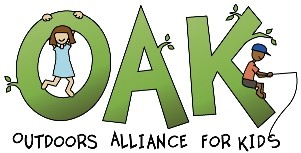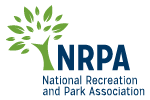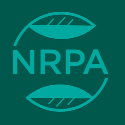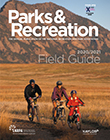
Public Playspaces: Guide to Open Safely and Equitably
Recorded On: 06/24/2020
- Registration Closed
Safe spaces to play are critical assets for healthy childhood development for kids. Since the COVID-19 pandemic hit the United States earlier this year, most playspaces across the country closed quickly — up to 94 percent were closed in mid-April. Now, as more states and localities lift restrictions, many are reopening playspaces or plan to do so. Those responsible for playspaces must best determine how to keep these spaces safe and ready to use, which requires cleaning guidance, establishing usage limits, supporting physical distancing and educating parents and caregivers about safe use.
This is an equity issue. Communities that are being hit hardest by COVID-19 in terms of health and economic impact — particularly communities of color in neighborhoods that have experienced decades of disinvestment — are the very communities that already lacked adequate playspaces before the pandemic. Communities that need to open playspaces quickly are also more likely to lack the resources to reopen playspaces safely.
Yet the need to provide kids with safe places to play has never been greater, particularly for kids who are experiencing even more adversity and stress through this pandemic and are missing out on the developmental benefits and support for their health and wellness that they typically would get from their school, afterschool programs and other similar services.
As groups work to reopen playspaces it is essential to take a thoughtful and methodical approach that adheres to all federal, state and local guidance. Participate in this discussion to learn more about how to maintain public health and safety when reopening playspaces.
Following this session, learners will be able to:
1. Understand the importance and value of close-to-home parks and playspaces and the inequities that exist in access and quality of these spaces across communities.
2. Demonstrate actionable guidance to support the safe reopening of playgrounds including cleaning, setting capacity limits, signage, and supporting hygiene.
3. Prioritize equitable access in reopening public playspaces and ensuring underinvested communities have the resources they need.
4. Develop an understanding of CDC’s latest guidance for park administrators as they reinstate programs and reopen spaces closed due to COVID-19.
 |  |  |
NRPA Education online learning content is accessible for 180 days from the date of your registration. The learning content is available for registration for one year from the date of origination.


Engage With Us